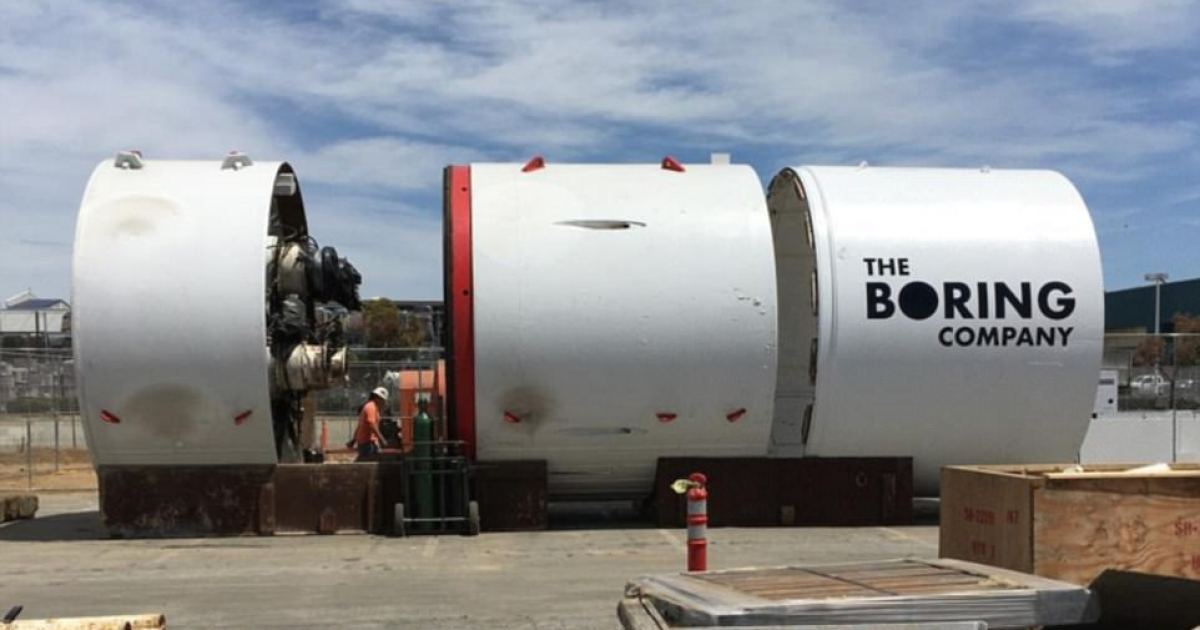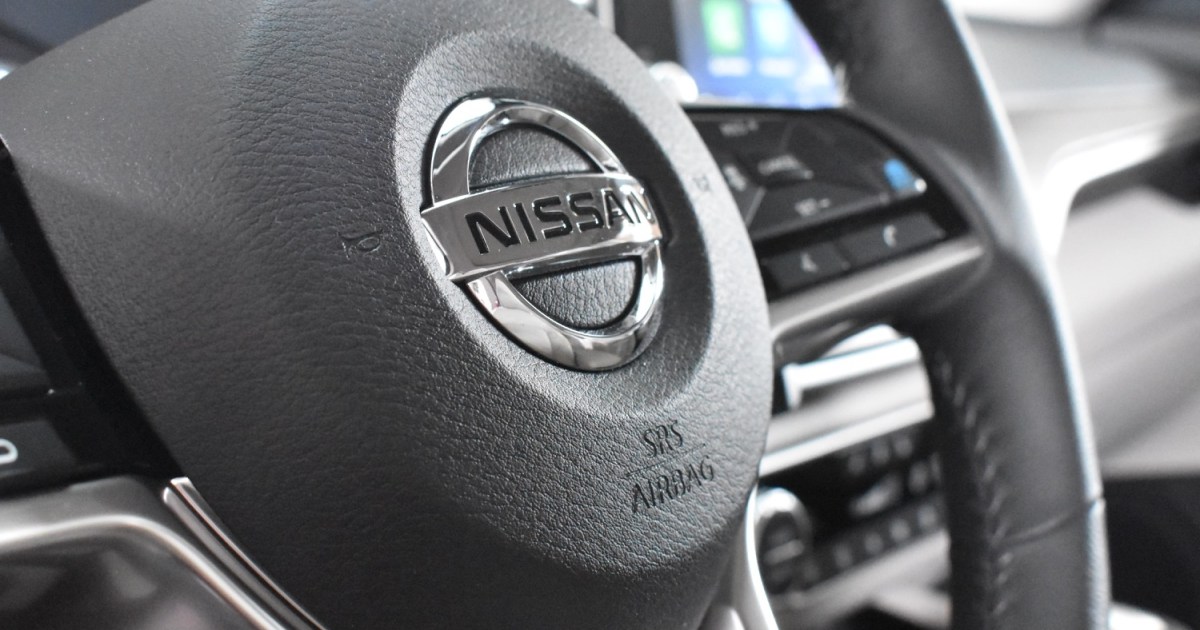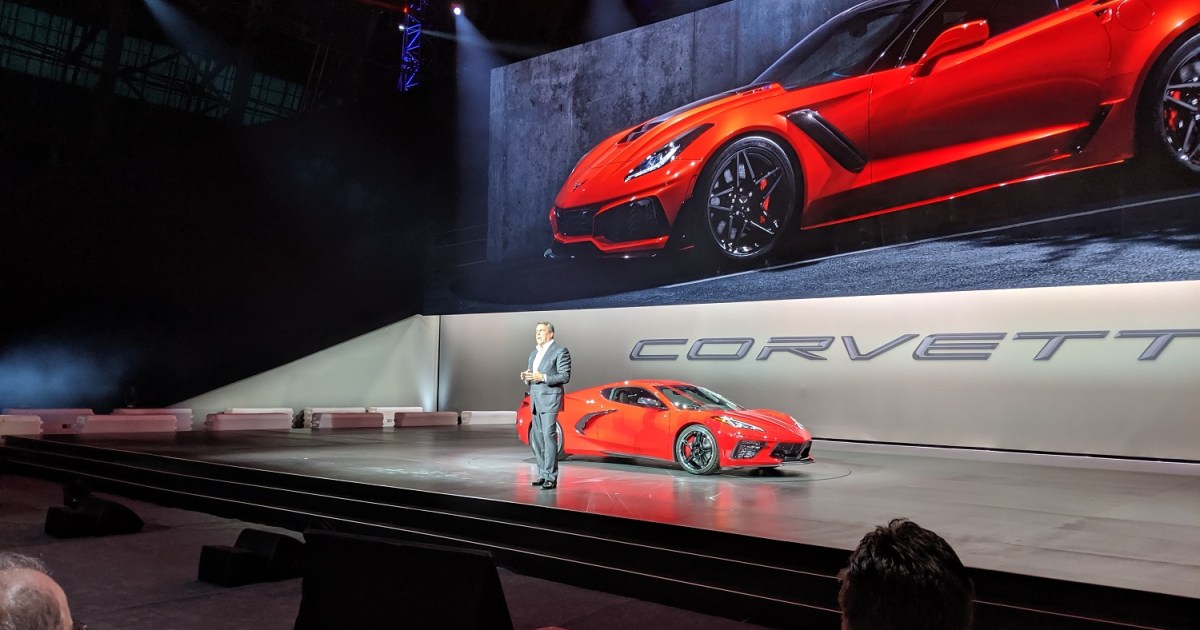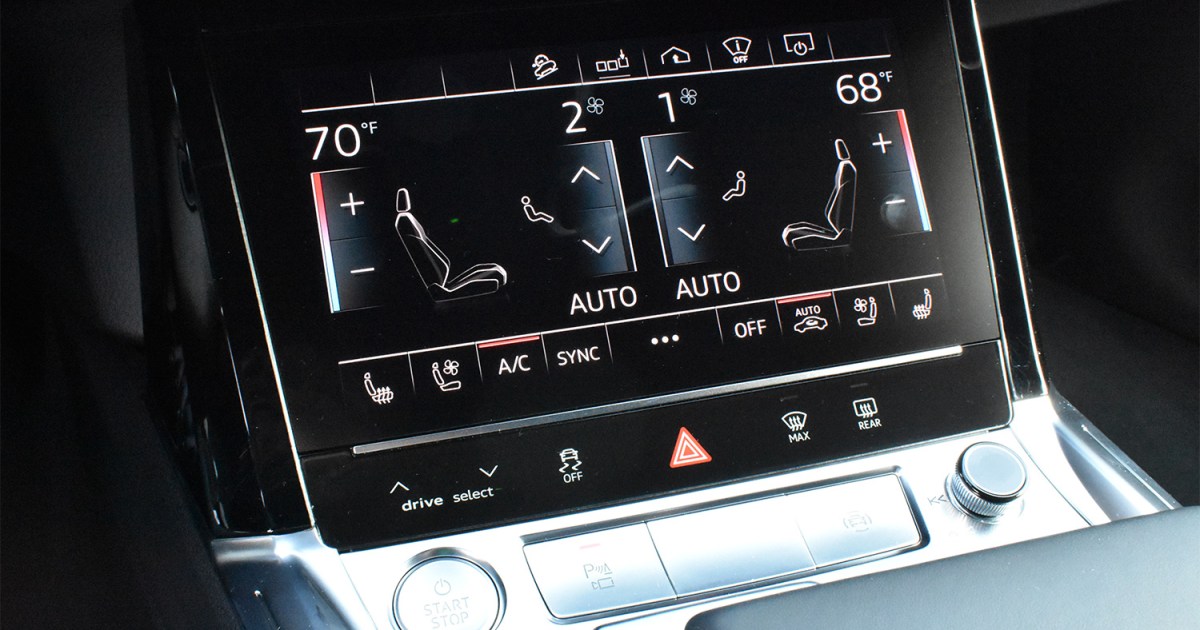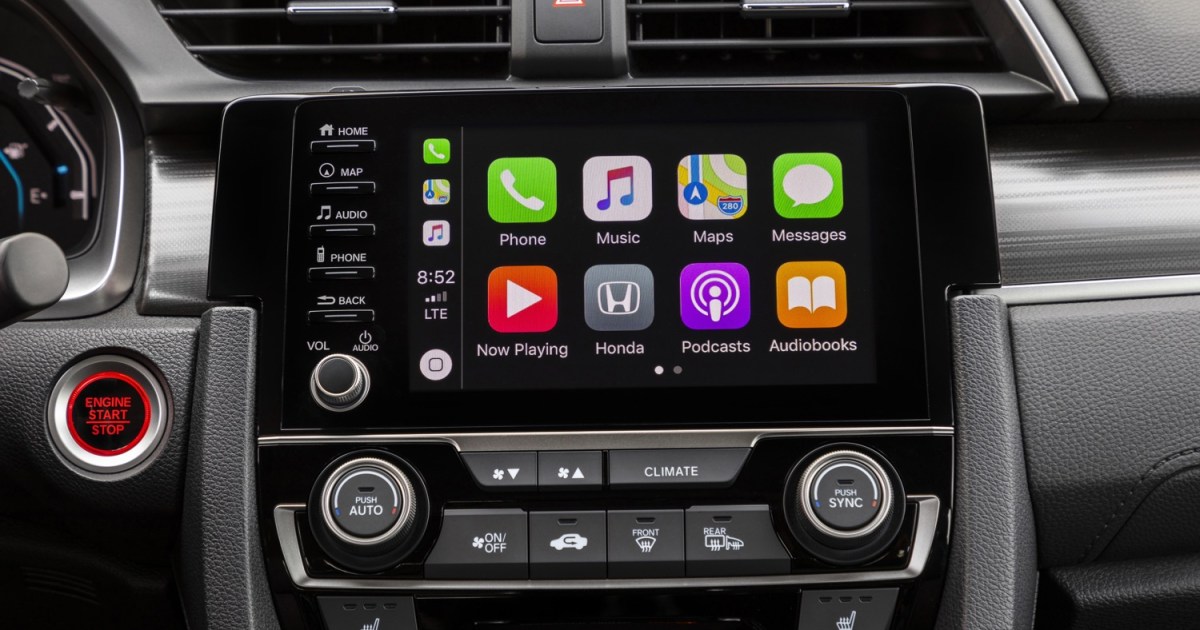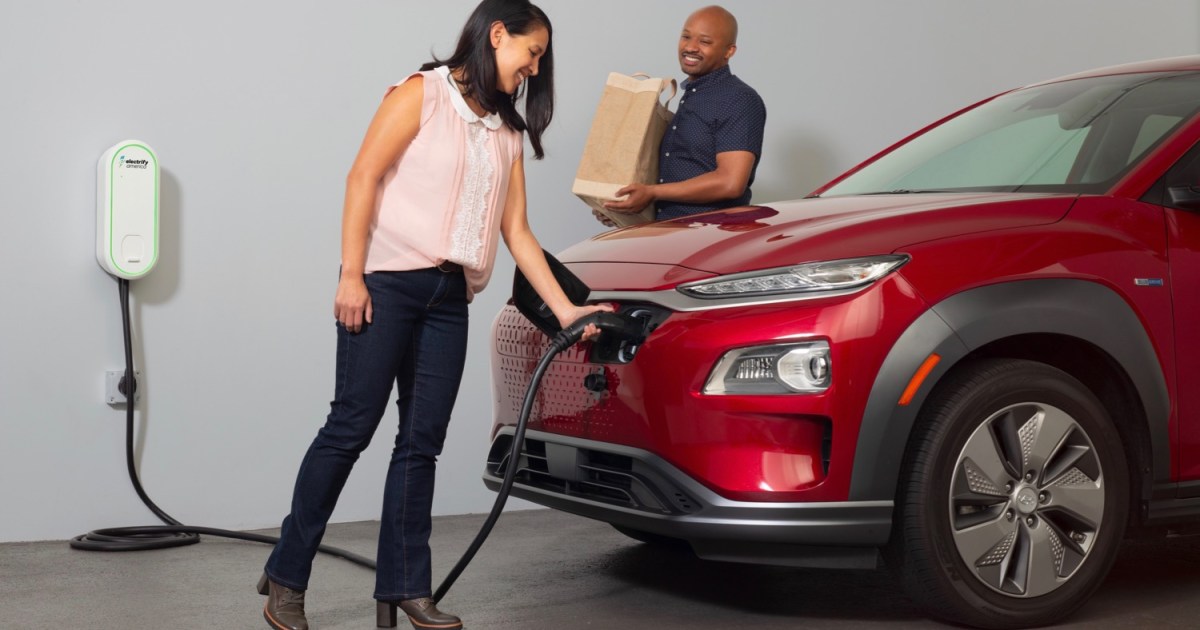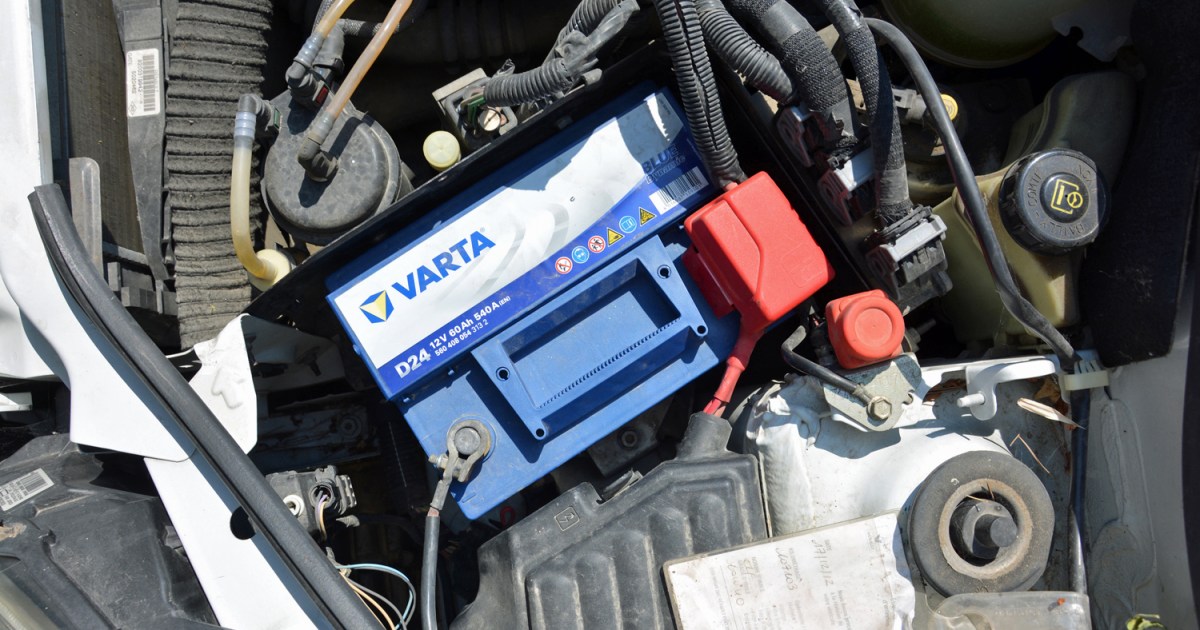Elon Musk, renowned for Tesla and SpaceX, is tackling traffic congestion with The Boring Company. This ambitious venture aims to revolutionize transportation by constructing a network of underground tunnels. Let’s delve into the details of this innovative project.
Why Tunnels? Musk’s Underground Vision
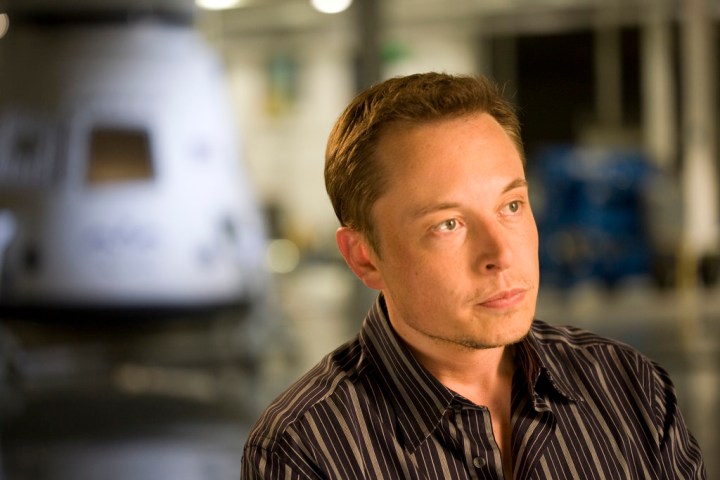 Elon MuskImage: Elon Musk speaking at an event. (Credit: OnInnovation/Flickr)
Elon MuskImage: Elon Musk speaking at an event. (Credit: OnInnovation/Flickr)
The Boring Company envisions a 3D transportation network, moving traffic underground. This approach addresses several challenges posed by flying cars, such as noise pollution, weather dependency, and pedestrian safety. Tunnels minimize surface disruption, offer scalability, and align with Musk’s vision for high-speed, long-distance transit systems like the Hyperloop, potentially connecting cities with unprecedented efficiency. The company’s core mission is to develop cost-effective and efficient tunnel construction methods.
The Boring Company: Redefining Tunnel Construction
 Tunnel Boring MachineImage: A cross-section of a tunnel under construction.
Tunnel Boring MachineImage: A cross-section of a tunnel under construction.
While tunneling isn’t new, The Boring Company focuses on optimizing the process. Traditional tunneling projects, like Boston’s “Big Dig,” often face cost overruns and delays. The Boring Company aims to dramatically increase tunneling speed and reduce costs, improving upon current methods rather than reinventing them.
The Boring Company’s Innovative Approach
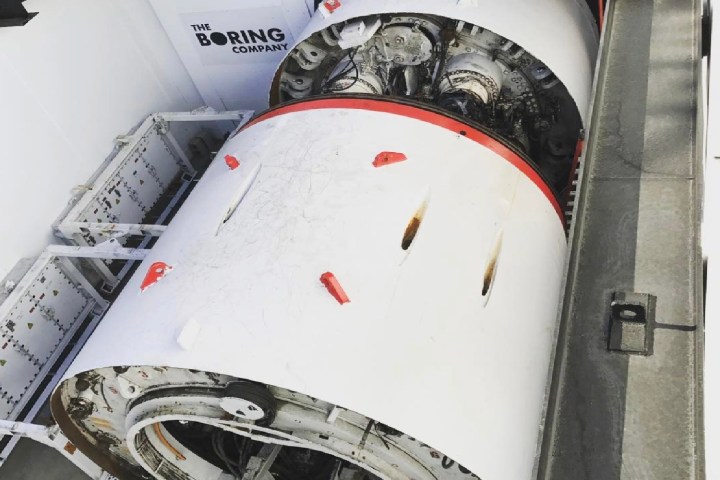 Elon Musk's Instagram PostImage: A Boring Company tunnel boring machine in action. (Source: Elon Musk/Instagram)
Elon Musk's Instagram PostImage: A Boring Company tunnel boring machine in action. (Source: Elon Musk/Instagram)
The Boring Company’s key innovations include:
- Advanced TBMs: Current tunnel boring machines (TBMs) are notoriously slow. The Boring Company is developing electric TBMs with tripled power output, significantly reducing digging time.
- Simultaneous Support System: Traditional TBMs alternate between digging and building supports. The Boring Company aims to integrate these processes for increased efficiency.
- Reduced Tunnel Diameter: Smaller, 14-foot-wide tunnels drastically reduce construction costs compared to standard one-lane tunnels.
- Research and Development: The Boring Company invests heavily in R&D, pushing the boundaries of tunneling technology.
The Boring Company’s Projects: From Test Tunnels to City Loops
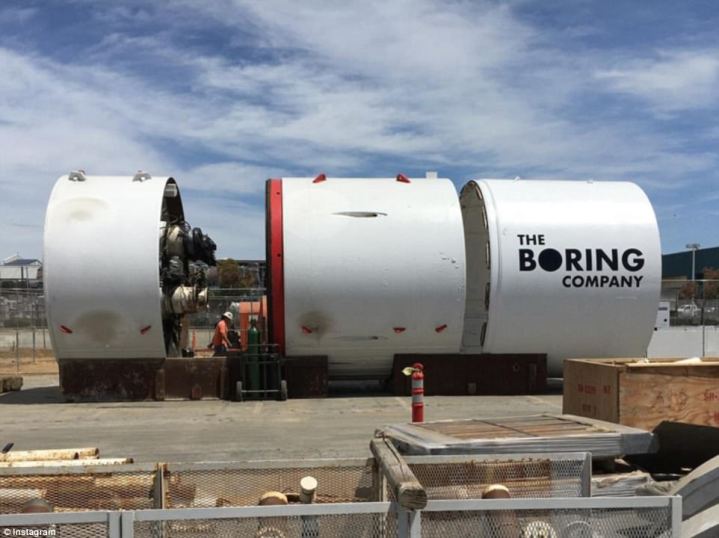 Boring Company Test TunnelImage: The entrance to a Boring Company test tunnel.
Boring Company Test TunnelImage: The entrance to a Boring Company test tunnel.
The Boring Company’s portfolio includes several projects:
- A completed 1.14-mile test tunnel in Hawthorne, California.
- A proposed “Dugout Loop” to transport Dodger Stadium attendees quickly and affordably.
- The “Chicago Express Loop,” connecting downtown Chicago with O’Hare International Airport.
- An ambitious high-speed tunnel project connecting Baltimore and Washington D.C., with a long-term goal of extending to New York City.
Challenges and Considerations for The Boring Company
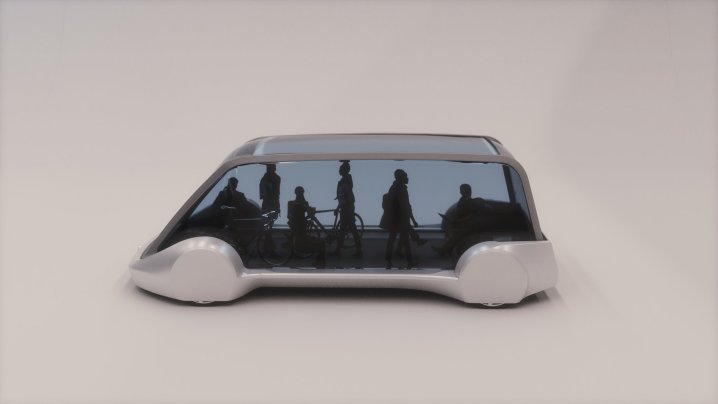 Boring Company Tunnel ModelImage: A scale model of a Boring Company tunnel system.
Boring Company Tunnel ModelImage: A scale model of a Boring Company tunnel system.
While The Boring Company addresses many tunneling challenges, some remain:
- Seismic Activity: While the company assures tunnel safety during earthquakes, concerns about potential ground vibrations persist.
- Excavated Material: The Boring Company recycles excavated dirt into bricks and paving stones, promoting sustainability.
- Emissions: While electric skates are used to transport some equipment, the transition to fully electric tunneling machinery is ongoing.
- Tunnel Size: The smaller tunnel diameter necessitates specialized vehicles, raising questions about compatibility and accessibility. Long-term maintenance of these underground systems is also a crucial factor for their success.



